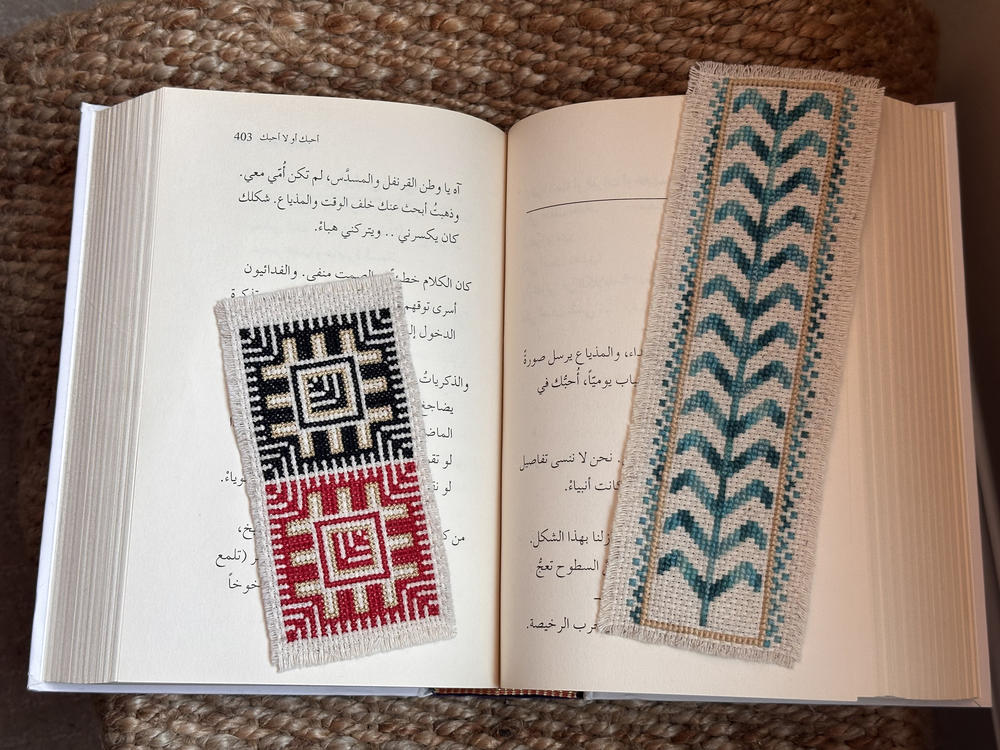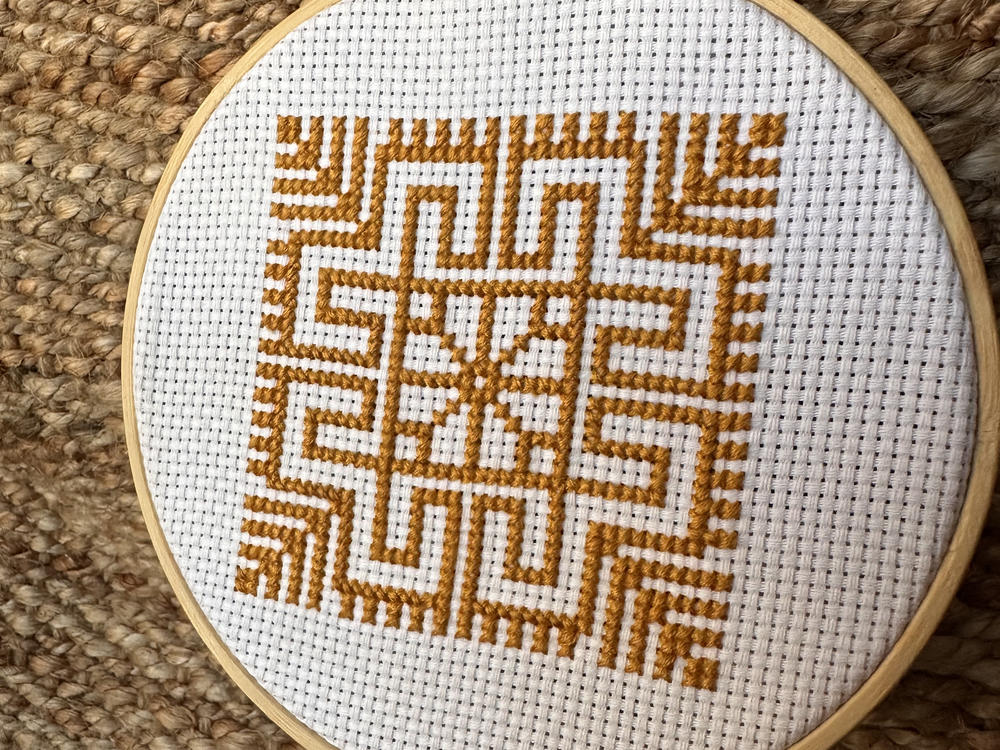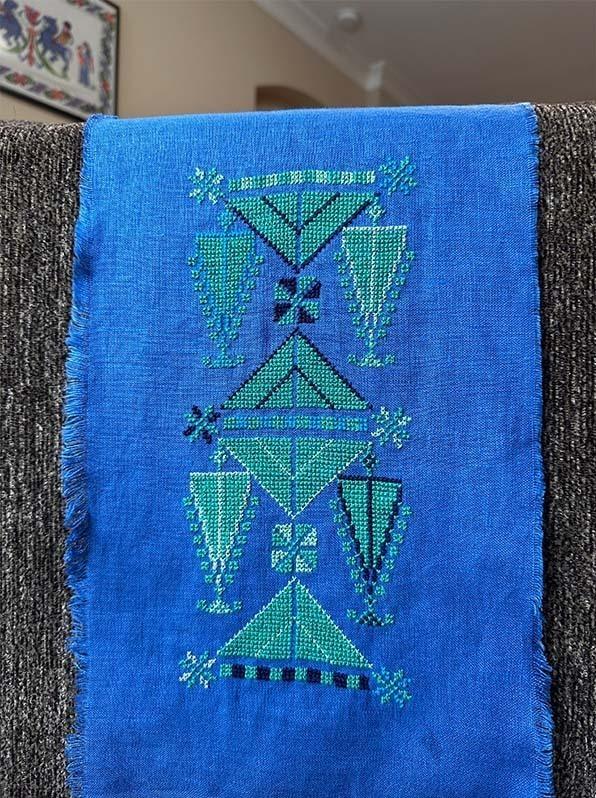Section Branding
Header Content
Tatreez is a testament to the resilience and creativity of Palestinian women
Primary Content
I must've been 9 or 10 when I first learned tatreez. I have a vivid memory of sitting on the porch, outside our family's home in Jordan, with Teta, my grandmother, helping me with my inexplicable first project: a Tom and Jerry pattern.
Of course, a Tom and Jerry design wasn't by any means traditional tatreez, but Teta was patient with me, helping undo my mistakes and showing me how to stitch faster.
It would be 13 years before I picked up a needle and thread again. In that time my family and I left our town of Ein Al Basha for Texas, and I left Texas for Washington, D.C.
A profound loneliness overwhelmed me. Yearning for a sense of connection to my family and heritage, I started stitching again. Just simple trees of life on white aida cloth when I saw a local bookstore was offering a tatreez class. I registered for the class immediately.
It was there in a small Middle Eastern bookstore that I rediscovered that excitement I felt as a child — and I finally felt that magic again. Surrounded by colorful pearl cotton threads, together we stitched on kitchen towels. The camaraderie was exhilarating.
Tatreez is a centuries-old traditional Palestinian embroidery art form. It encompasses the variety of colorful stitching found on Palestinian textiles.
But tatreez is more than just decorative stitching; at the heart of tatreez are symbolic motifs that represent the different facets of Palestinian life and culture, for example, they can depict animals, plants, household objects or geometric patterns.
That visual language of tatreez attracts me to it. Every single stitch holds the memories and experiences of the embroiderer, and through it, generations of women have passed down personal stories and documented major events, ranging from the relationship of the mother-in-law and daughter-in-law, to the Intifada when Palestinian flags were banned in public, so Palestinian women started embroidering them on their thobes. It's a testament to the enduring legacy, spirit and creativity of Palestinian women.
Teta passed away in 2014, but I think of her every time I get my threads tangled and knotted or accidentally poke my finger. She was the family's rock, and in a way, that's what tatreez is to me.
It keeps me grounded and connects me to the thousands of Palestinian women who have come before me, who paved the way, for whom tatreez was not just a livelihood, but a resistance, an identity.
It's been years since that afternoon in Ein Al Basha when I first learned to stitch, but I find myself returning there every time I thread my needle and start embroidering.
I have been looking for home since I left Ein Al Basha. Tatreez helps me find my way back.
What are you really into? Fill out this form or leave us a voice note at 1-800-329-4273, and part of your submission may be featured online or on the radio.
Copyright 2023 NPR. To see more, visit https://www.npr.org.



